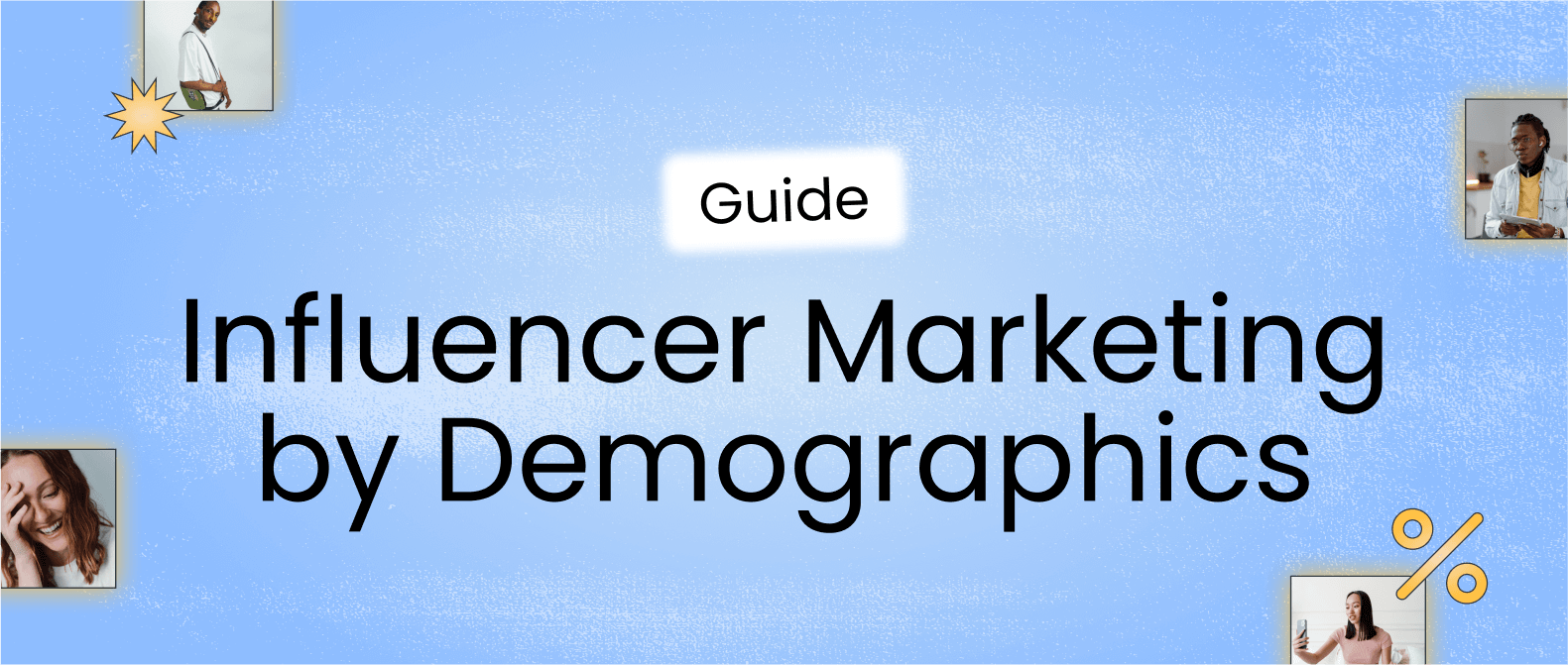Downloadable
Influencer Demographics: Connect to Gen Z, Millennials, and Gen X with Influencer Marketing

Enter your details to download!
How to Use Later’s Influencer Marketing by Demographic Guide
Learn how to leverage influencer marketing for Gen Z, Millennials, Baby Boomers, and Gen X
Discover social media usage split up by demographic
Get strategies for each demographic
Download this guide to inform and optimize your influencer marketing strategy.
Learn How to Market to Different Influencer Audience Demographics
One influencer marketing strategy does not fit all.
It’s necessary to understand each generation's wants and needs and use them as the driving force behind your influencer marketing campaigns.
Our demographics guide helps provide a foundational understanding of not only what’s formed each generation’s behaviour, but what that means for social media and content creators.
Created by Pros

Later Team
Later's team of social media experts have a wealth of experience in creating content for various channels, partnering with creators, and developing social strategies for brands around the world. From YouTube to Instagram; blog posts to newsletters; courses to reports, Later has got you covered with the latest social media trends, tips, and resources to help your brand grow.
Share
Gen Z, Millennial, Baby Boomer, and Gen X Stats
Download out demographics guide for all the latest data
Your Influencer Demographics: Connect to Gen Z, Millennials, and Gen X with Influencer Marketing is on its way to your inbox!
Can't wait? Download it here now.
Grow your revenue with trusted influencers.
